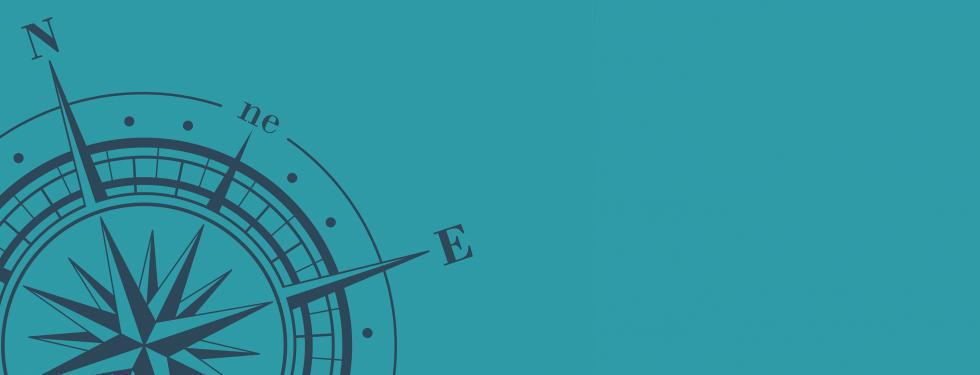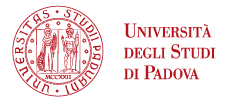Collections

Since the mid-19th century, the research and teaching activity of geographers at the University of Padova has led to the formation of various types of collection.
A group of items is directly linked to the teaching activity: it includes one of the most important Italian collections of relief models, made up of 28 items, the earliest of which goes back to 1889; a set of 300 wall maps dating from 1856 onwards; 8 globes, partly terrestrial and partly celestial, including three examples from the 17th century.
Over 150 instruments dating from 1888 onwards testify the main lines of Paduan geography research (glaciology, hypsometry, meteorology, geomorphology, coast studies, cartography, photo interpretation) and the geographers’ fieldwork practice (among others, the equipment used during the De Agostini Expedition to Tierra del Fuego in southern summer 1955/56).
The Museum also boasts a photographical archive consisting of over 20.000 photographs, the earliest of which were taken at the beginning of the 20th century.
In addition, the Museum collection includes a group of 70 historical atlases (among which the 1724 Lovisa edition of the Theatrum Orbis Terrarum by Abraham Ortelius), a series of 2,500 pre-1900 maps (one of which is a 1797 print of the 15th century Borgia Map) and a valuable archival collection, including the manuscripts of important scientific works.




